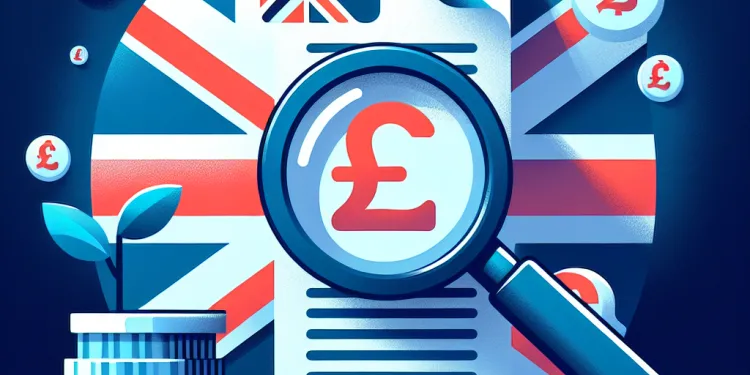
Find Help
More Items From Ergsy search
-
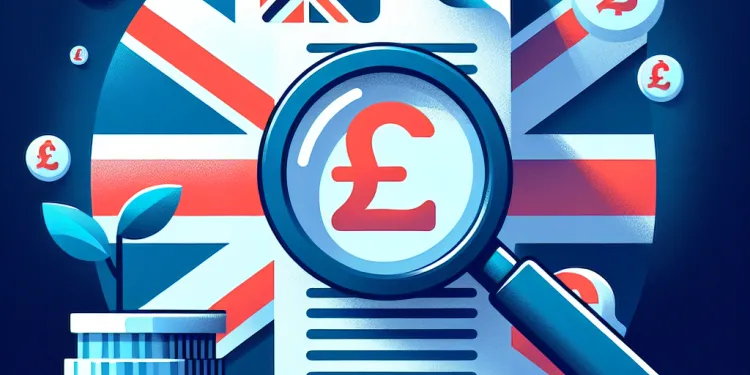
How can I verify that my tax refund letter is genuine?
Relevance: 100%
-

I received a tax refund letter, but I haven’t overpaid any tax. What should I do?
Relevance: 63%
-
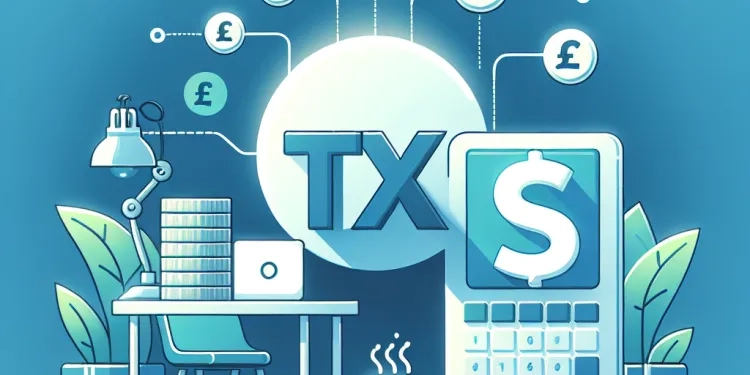
HMRC Tax Refund letters
Relevance: 62%
-

Will HMRC contact me via phone or email regarding my tax refund?
Relevance: 60%
-
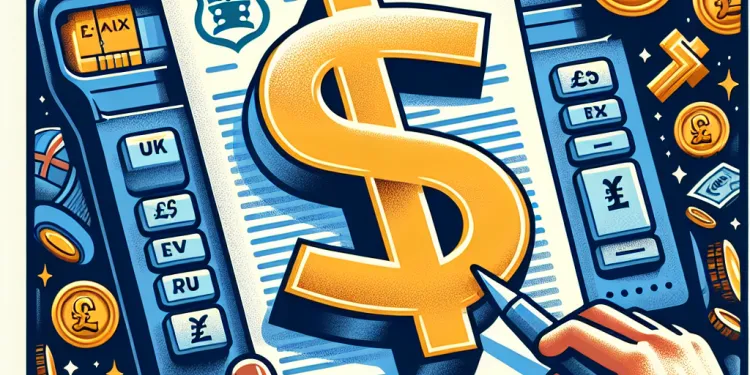
What is an HMRC tax refund letter?
Relevance: 58%
-
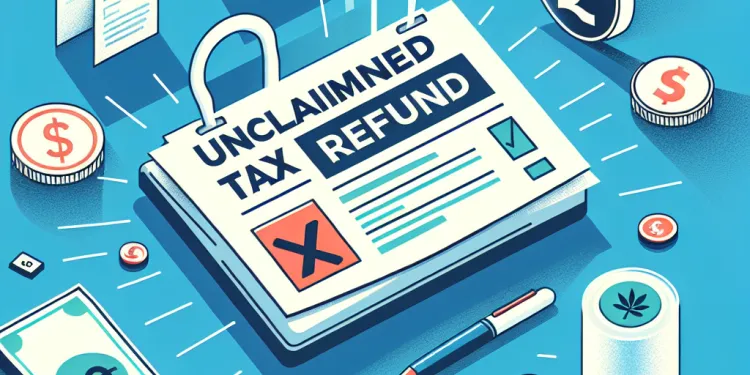
What happens if I do not claim my tax refund?
Relevance: 55%
-
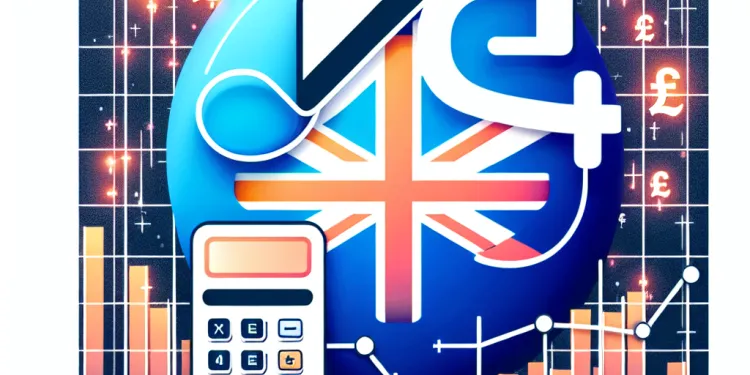
How is the tax refund amount calculated?
Relevance: 53%
-
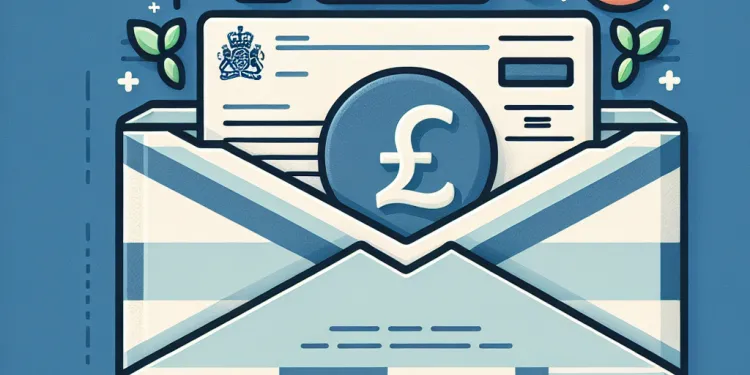
Is the tax refund amount taxable?
Relevance: 52%
-

Why did I receive a tax refund letter from HMRC?
Relevance: 52%
-

Can my tax refund be applied to my future tax obligations?
Relevance: 51%
-
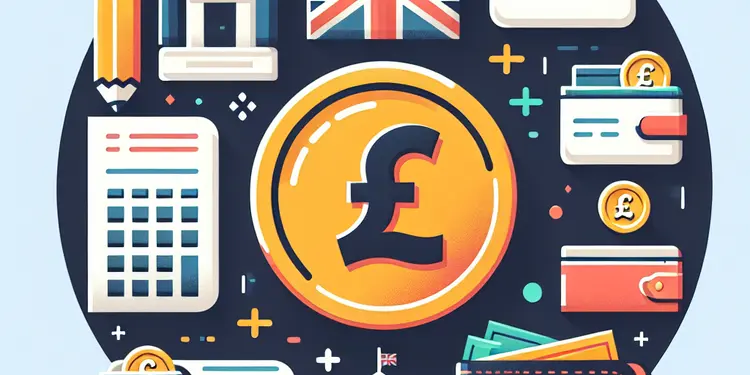
Are refunds for overpaid Council Tax taxable?
Relevance: 50%
-
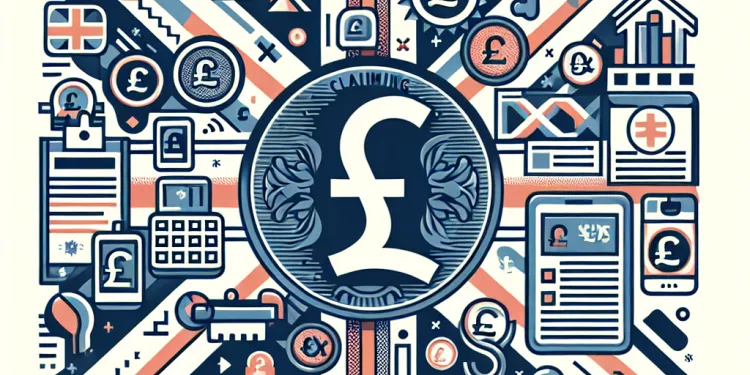
How do I claim my tax refund from HMRC?
Relevance: 50%
-

Do I need to keep my tax refund letter for future reference?
Relevance: 48%
-
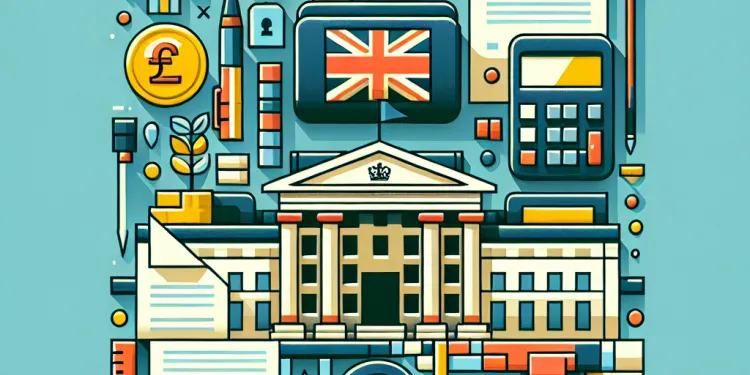
I received a refund but think I owe tax instead. What should I do?
Relevance: 47%
-

Is there a time limit for claiming a refund on overpaid Council Tax?
Relevance: 47%
-

Can I receive my tax refund directly into my bank account?
Relevance: 46%
-

What is a P800 form and how does it relate to my tax refund?
Relevance: 45%
-

How long does it take to receive a tax refund from HMRC?
Relevance: 44%
-
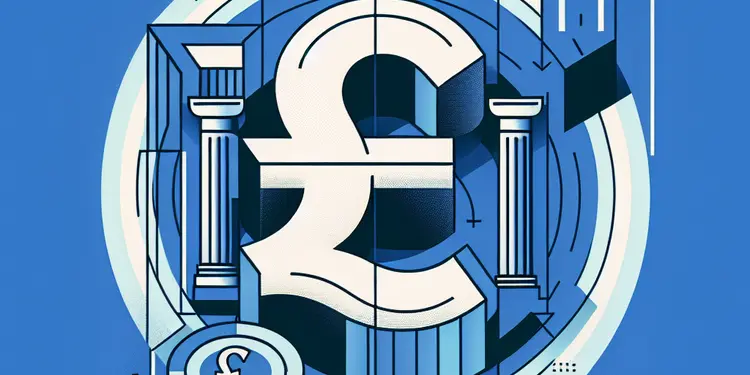
Will my council send a refund check if I overpay?
Relevance: 41%
-

What information do I need to provide to claim my refund?
Relevance: 37%
-

Can Stamp Duty be refunded in the UK?
Relevance: 37%
-

How do can I find out if I have overpaid my UK Council Tax?
Relevance: 35%
-

What if I've moved since the tax year ended?
Relevance: 34%
-
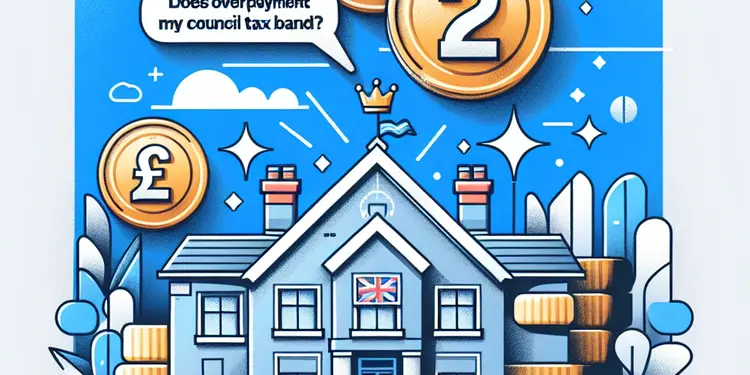
Does overpayment affect my Council Tax band?
Relevance: 34%
-

Can I dispute a tax refund decision from HMRC?
Relevance: 33%
-
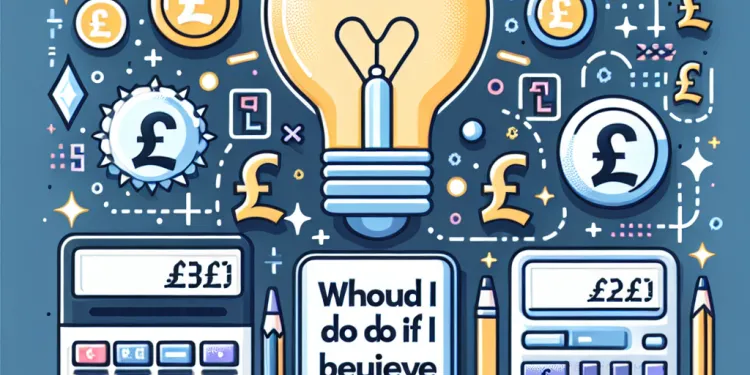
What should I do if I believe the refund amount is incorrect?
Relevance: 33%
-

Are the refunds part of a regulatory action?
Relevance: 32%
-
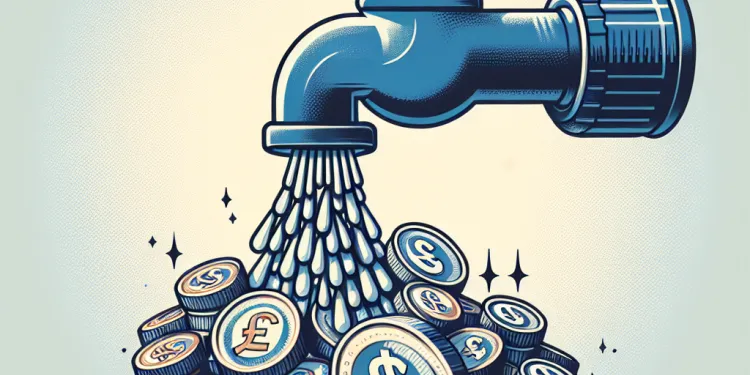
How much is being refunded in total by the UK water companies?
Relevance: 32%
-

How do I find out if I am eligible for a refund?
Relevance: 32%
-
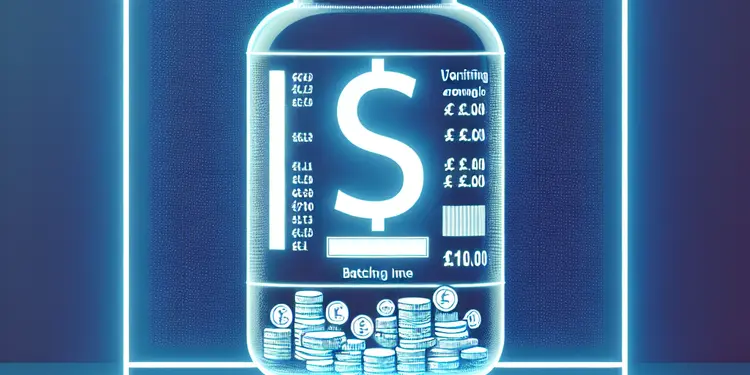
Can genuine weight loss drugs be verified through batch numbers?
Relevance: 31%
-

Can I get a refund on my TV license?
Relevance: 31%
-
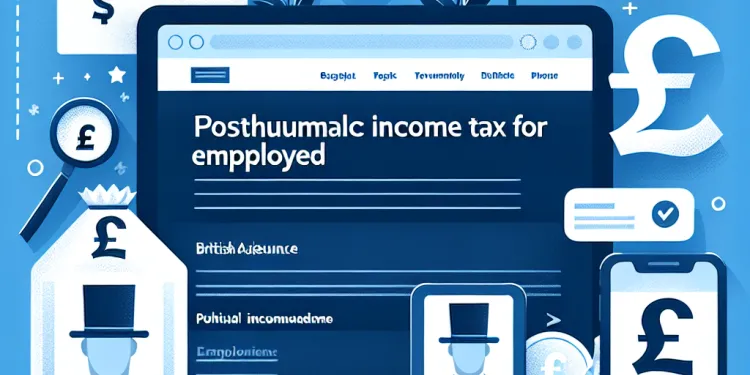
What happens to a deceased’s Income Tax if they were employed?
Relevance: 31%
-

Which UK water companies are going to refund their customers?
Relevance: 30%
-

When will the refunds be issued by the UK water companies?
Relevance: 30%
-

How can I verify the camera's field of view?
Relevance: 29%
-

How can I verify the credentials of a financial advisor?
Relevance: 29%
-

How many UK water companies are involved in the refund process?
Relevance: 29%
-
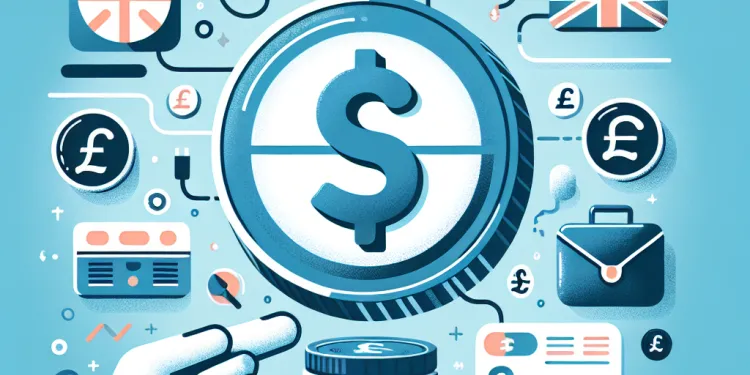
How are customers being informed about their eligibility for refunds?
Relevance: 29%
-

What specific performance issues led to these refunds?
Relevance: 29%
-
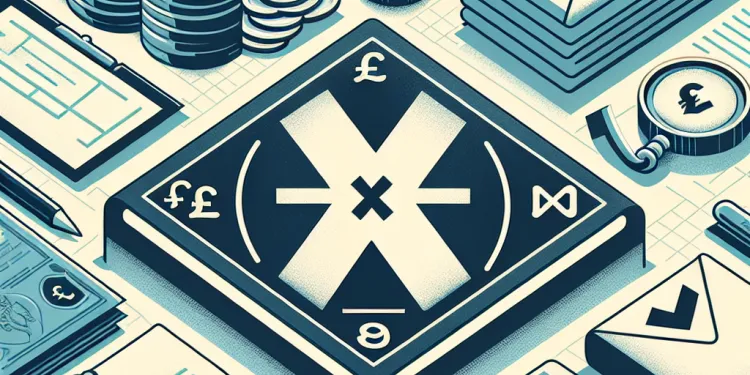
Is it necessary to complete a final tax return for the deceased?
Relevance: 29%
Introduction
Receiving a tax refund letter can be a relief, but it's essential to verify its authenticity. Given the rise in scams and fraudulent activities, knowing how to identify a genuine letter is crucial for your financial security. This article will guide you on how to ensure your tax refund letter is legitimate.
Check the Sender's Information
The first step in verifying your tax refund letter is to examine the sender's information. Genuine letters come from HM Revenue and Customs (HMRC). Carefully check the letterhead to ensure it matches official HMRC communication. Scammers may use similar, but not identical, emblems and addresses to deceive recipients. Additionally, check the return address and any contact details against official HMRC contact information available on their website.
Verify the Reference Number
The tax refund letter should contain a reference number that is consistent with previous correspondence from HMRC. Compare this number to any previous communication or any documentation you have from HMRC. If the reference number seems unfamiliar or suspicious, contact HMRC directly for verification. Never use contact details provided in a dubious letter; instead, refer to the official HMRC website for contact information.
Examine the Language and Tone
Authentic HMRC letters maintain a formal and professional tone. Be cautious of letters containing language that seems overly urgent, threatening, or requests immediate action without providing a clear explanation. Scammers often employ such tactics to pressure recipients into disclosing personal information or making payments.
Check for Unexpected Refunds
If you were not expecting a tax refund, be particularly wary of a letter claiming otherwise. HMRC does not issue refunds unexpectedly or without prior assessment and notification. Log into your personal tax account on the official HMRC website to check your current tax status and confirm if a refund is indeed due.
Contact HMRC Directly
If any aspect of the tax refund letter raises doubt, the best course of action is to contact HMRC directly. Use the official contact numbers or email addresses listed on the HMRC website. Ensure you have your National Insurance number and any other relevant details at hand when making the inquiry.
Conclusion
Verifying the authenticity of your tax refund letter is essential in protecting yourself from fraud. By checking the sender's information, verifying reference numbers, scrutinizing the language, and contacting HMRC directly when in doubt, you can confidently determine the legitimacy of the letter. Stay vigilant and informed to safeguard your personal and financial information.
Introduction
Getting a tax refund letter can be good news. But you need to check if it is real. Lots of fake letters are sent to trick people. This guide will help you know if your letter is real and safe.
Check Who Sent the Letter
First, look at who sent the letter. Real letters come from HM Revenue and Customs (HMRC). Check the letter carefully. Scammers might use names and signs that look almost the same. Compare the address and contact details with the ones on the HMRC website.
Look at the Reference Number
The letter should have a reference number. This number should be the same as numbers in past letters from HMRC. If the number doesn't look right or you don't know it, call HMRC to check. Do not use the contact details in the suspicious letter. Use the ones on the HMRC website.
Read the Language Used
Real HMRC letters sound formal and professional. Beware of letters that ask you to act fast or try to scare you. Scammers often write like this to get your personal details or money.
Be Careful with Unknown Refunds
If you were not expecting a refund, be careful. HMRC only sends refunds after telling you first. Check your tax account on the HMRC website to see if you really need to get a refund.
Contact HMRC Directly
If you are not sure about the letter, contact HMRC. Use the contact details from the HMRC website. Have your National Insurance number ready when you call or email.
Conclusion
Checking your tax refund letter helps keep you safe from scams. Make sure you know who sent the letter, check reference numbers, read the language, and contact HMRC if needed. Stay careful to protect your personal and financial details.
Frequently Asked Questions
How can I confirm the authenticity of a tax refund letter?
Verify the letter by checking for official IRS contact information, looking at the IRS's official website, and calling their contact number directly.
What should I look for in a tax refund letter to ensure it's not a scam?
Look for proper IRS seals, official contact information, and verify any links or contact numbers on the IRS website.
Is there a contact number I can call to verify an IRS tax refund letter?
Yes, you can call the IRS directly at 1-800-829-1040 for verification.
Are there certain elements that are always present in genuine tax refund letters?
Yes, genuine letters will have your correct tax-related information, a notice or letter number, and IRS seals.
What if the tax refund letter asks for personal information?
Be cautious, as the IRS generally does not ask for personal information via mail. Call the IRS to verify.
Can I verify a tax refund letter online?
Yes, by visiting the IRS official website and checking their 'Understanding Your IRS Notice or Letter' page.
What common scams should I be aware of regarding tax refund letters?
Be wary of letters that have misspellings, incorrect logos, or request for payment information.
Does the IRS send refund letters via email?
The IRS does not initiate contact via email to request personal information; letters by email are likely scams.
How can checking the letter number help verify authenticity?
Each IRS letter contains a notice number that you can cross-reference on the IRS website.
Does a refund letter have a specific format or content to look out for?
Legitimate letters have official IRS letterhead, contact information, and specific details about your tax situation.
Can I contact a tax professional about the authenticity of my letter?
Yes, a tax professional or accountant can help verify the details and legitimacy of the letter.
Is it normal for a tax refund letter to ask for immediate action?
Urgent requests should be treated with skepticism. Verify such requests directly with the IRS.
Can the IRS verify the mailing of my tax refund letter?
Yes, you can call the IRS to confirm if they have sent a letter to you.
What is the first sign a tax refund letter might be fake?
A major red flag is poor grammar, spelling errors, or unofficial-looking letterhead.
Is there a way to report a suspicious tax refund letter?
Yes, you can report it to the IRS using the 'Report Phishing and Online Scams' page on their website.
Does the IRS ever ask for credit card information in refund letters?
No, the IRS will never ask for credit card information in a letter.
What should I do if I receive a tax refund letter I wasn't expecting?
Contact the IRS directly to verify its legitimacy.
Is following the instructions in the letter a safe way to verify it?
Do not follow instructions in a suspicious letter; instead, verify through official IRS channels.
How do I distinguish between a real tax refund letter and a phishing attempt?
Real letters will not ask for personal financial information or passwords and will offer contact verification via official IRS numbers.
Could changes in IRS letter formats indicate a scam?
The IRS may update letter formats, but verifying via official IRS resources is always prudent.
How do I know if a tax refund letter is real?
Got a letter about tax refund? Want to know if it's real? Here are some simple tips:
- Check the sender: Is it from a trusted place like the tax office?
- Check for mistakes: Are there any spelling or grammar mistakes?
- Contact the tax office: Use their phone number or website to ask if the letter is real.
Do you need help reading letters? Here are some tools:
- Ask a friend or family member for help.
- Use a reading app on your phone or computer.
Check if the letter is real by:
- Looking at official IRS contact details.
- Visiting the IRS's real website.
- Calling the IRS's official phone number.
How do I know if a tax refund letter is real or a trick?
Here are some simple tips to help you:
- Check the sender: Make sure the letter is from a trusted place like the government.
- Look for your name: Your name should be spelled right in the letter.
- Avoid sharing personal info: You shouldn't have to give out important details like your credit card number.
- Check for mistakes: Real letters usually don't have spelling errors or strange language.
If you feel unsure, ask a trusted adult or use a computer tool to check if the letter is safe.
Check for real IRS signs, look for real phone numbers and addresses, and make sure any website links or phone numbers match what is on the IRS website.
Can I call someone to check if an IRS tax refund letter is real?
You can call the IRS at 1-800-829-1040 to check.
What things should you always find in a real tax refund letter?
Yes, real letters will have your correct tax details, a notice or letter number, and the IRS stamps.
What to do if the tax refund letter asks for your personal details?
If you get a letter about a tax refund that asks for personal details, you should be careful. Personal details can be things like your name, address, or bank information.
Here are some steps you can take:
- Check the letter carefully. Does it look real?
- Ask a grown-up you trust for help. They can read the letter with you.
- You can call the tax office to check if they sent you the letter.
It's good to stay safe and protect your information.
Be careful! The IRS does not usually ask for personal information through mail. Call the IRS to check if it's real.
Can I check a tax refund letter online?
You can check if a tax refund letter is real by using the internet. Here’s how:
- Visit the official website of the tax office.
- Look for a section called "Verify Refund Letter".
- Follow the steps they give you. You might need your letter and some personal details.
If you need help, you can:
- Ask a friend or family member to help you.
- Call the tax office for more information.
Yes, you can find help on the IRS website. Look for the page called 'Understanding Your IRS Notice or Letter'.
Watch Out for These Tricks with Tax Refund Letters
1. Fake Letters: Some people send out fake letters that look like they are from the government. These letters ask for your personal information.
2. Phone Calls: Scammers might call you and pretend to be from the tax office. They can ask for your private details.
3. Email Tricks: Be careful of emails that say you will get a big tax refund. These emails might try to steal your information.
Stay Safe: Always check if a letter, call, or email is real. You can call the tax office to be sure. Ask someone you trust for help if you are unsure.
Watch out for letters with spelling mistakes, wrong pictures, or asking for money details.
Does the IRS send refund letters by email?
The IRS does not send refund letters by email. They might send a letter to your home. Be careful of emails that say they are from the IRS. They might be fake.
Here are some tips to stay safe:
- If you get an email from the IRS, do not open it. Delete it right away.
- If you are not sure about a letter, ask a grown-up or call the IRS to check.
You can also use online tools to help check things. Ask a trusted adult to help you.
The IRS does not send emails to ask for personal information. Emails like this are probably scams.
How does checking the letter number show it's real?
When you get a letter, it has a special code or number. This number is like a secret password. By checking it, you can see if the letter is real or fake. If the number matches, it proves the letter is real.
Tips to help:
- Look for the special code on the letter.
- Ask an adult to help you check it.
- Use a magnifying glass if the numbers are too small to see.
- Use apps or websites that can help you check codes.
Each letter from the IRS has a notice number. You can look up this number on the IRS website.
Is there a special way to write a refund letter?
Real letters from the IRS have special IRS symbols, contact details, and exact information about your taxes.
Can I talk to a tax expert to check if my letter is real?
Yes, a tax expert or accountant can help you check if the letter is real and correct.
Is it okay if a tax refund letter asks you to do something right away?
If someone says you need to do something really fast, be careful. Check with the IRS to make sure it's true.
Can the IRS check if they sent my tax refund letter?
Yes, you can call the IRS to check if they sent you a letter.
How can you tell if a tax refund letter might not be real?
A big warning sign is bad grammar, spelling mistakes, or a letterhead that looks fake or messy.
Can I tell someone about a strange tax refund letter?
Yes, you can tell the IRS about it. Go to the 'Report Phishing and Online Scams' page on their website.
Tip: You can use tools like text-to-speech to help with reading.
Does the IRS ask for your credit card in refund letters?
The IRS will never ask for your credit card. If you get a letter asking for this, it might be fake. Use tools like email filters to help spot scams.
No, the IRS will not ask for your credit card details in a letter.
What should I do if I get a surprise tax refund letter?
Here is what you can do:
- Stay calm. It's important to read the letter carefully.
- Ask a family member or friend to help you understand the letter.
- Use a magnifying glass to make reading easier if the print is small.
- Contact the tax office using the phone number on the letter to ask questions.
- If you need more help, reach out to a person who knows about taxes, like a tax advisor.
Talk to the IRS to check if it is real.
Is it safe to do what the letter says to check if it is real?
If you get a letter and want to know if it is real, it is important to be careful. Here are some tips to help you:
- Ask a trusted adult for help. They can read it with you.
- Use a dictionary if there are hard words. It explains what words mean.
- Look at the letter closely. Check for things that look strange.
- If you are not sure, call the company or person the letter is from. Use a phone number you know is real.
Always be safe and check before you do anything the letter asks.
If you get a strange letter, don't do what it says. Check with the real IRS to make sure it's true.
How can I tell if a tax refund letter is real or fake?
Real letters will not ask for your money details or passwords. They will give you a phone number to check if it is the real IRS.
Could changes in IRS letter formats indicate a scam?
Can a new look on letters from the IRS be a trick?
The IRS might change their letter forms, but it's always a good idea to check with the real IRS website to be sure.
Useful Links
- Ergsy carfully checks the information in the videos we provide here.
- Videos shown by Youtube after a video has completed, have NOT been reviewed by ERGSY.
- To view, click the arrow in centre of video.
- Most of the videos you find here will have subtitles and/or closed captions available.
- You may need to turn these on, and choose your preferred language.
- Go to the video you'd like to watch.
- If closed captions (CC) are available, settings will be visible on the bottom right of the video player.
- To turn on Captions, click settings .
- To turn off Captions, click settings again.
More Items From Ergsy search
-

How can I verify that my tax refund letter is genuine?
Relevance: 100%
-

I received a tax refund letter, but I haven’t overpaid any tax. What should I do?
Relevance: 63%
-

HMRC Tax Refund letters
Relevance: 62%
-

Will HMRC contact me via phone or email regarding my tax refund?
Relevance: 60%
-

What is an HMRC tax refund letter?
Relevance: 58%
-

What happens if I do not claim my tax refund?
Relevance: 55%
-

How is the tax refund amount calculated?
Relevance: 53%
-

Is the tax refund amount taxable?
Relevance: 52%
-

Why did I receive a tax refund letter from HMRC?
Relevance: 52%
-

Can my tax refund be applied to my future tax obligations?
Relevance: 51%
-

Are refunds for overpaid Council Tax taxable?
Relevance: 50%
-

How do I claim my tax refund from HMRC?
Relevance: 50%
-

Do I need to keep my tax refund letter for future reference?
Relevance: 48%
-

I received a refund but think I owe tax instead. What should I do?
Relevance: 47%
-

Is there a time limit for claiming a refund on overpaid Council Tax?
Relevance: 47%
-

Can I receive my tax refund directly into my bank account?
Relevance: 46%
-

What is a P800 form and how does it relate to my tax refund?
Relevance: 45%
-

How long does it take to receive a tax refund from HMRC?
Relevance: 44%
-

Will my council send a refund check if I overpay?
Relevance: 41%
-

What information do I need to provide to claim my refund?
Relevance: 37%
-

Can Stamp Duty be refunded in the UK?
Relevance: 37%
-

How do can I find out if I have overpaid my UK Council Tax?
Relevance: 35%
-

What if I've moved since the tax year ended?
Relevance: 34%
-

Does overpayment affect my Council Tax band?
Relevance: 34%
-

Can I dispute a tax refund decision from HMRC?
Relevance: 33%
-

What should I do if I believe the refund amount is incorrect?
Relevance: 33%
-

Are the refunds part of a regulatory action?
Relevance: 32%
-

How much is being refunded in total by the UK water companies?
Relevance: 32%
-

How do I find out if I am eligible for a refund?
Relevance: 32%
-

Can genuine weight loss drugs be verified through batch numbers?
Relevance: 31%
-

Can I get a refund on my TV license?
Relevance: 31%
-

What happens to a deceased’s Income Tax if they were employed?
Relevance: 31%
-

Which UK water companies are going to refund their customers?
Relevance: 30%
-

When will the refunds be issued by the UK water companies?
Relevance: 30%
-

How can I verify the camera's field of view?
Relevance: 29%
-

How can I verify the credentials of a financial advisor?
Relevance: 29%
-

How many UK water companies are involved in the refund process?
Relevance: 29%
-

How are customers being informed about their eligibility for refunds?
Relevance: 29%
-

What specific performance issues led to these refunds?
Relevance: 29%
-

Is it necessary to complete a final tax return for the deceased?
Relevance: 29%


